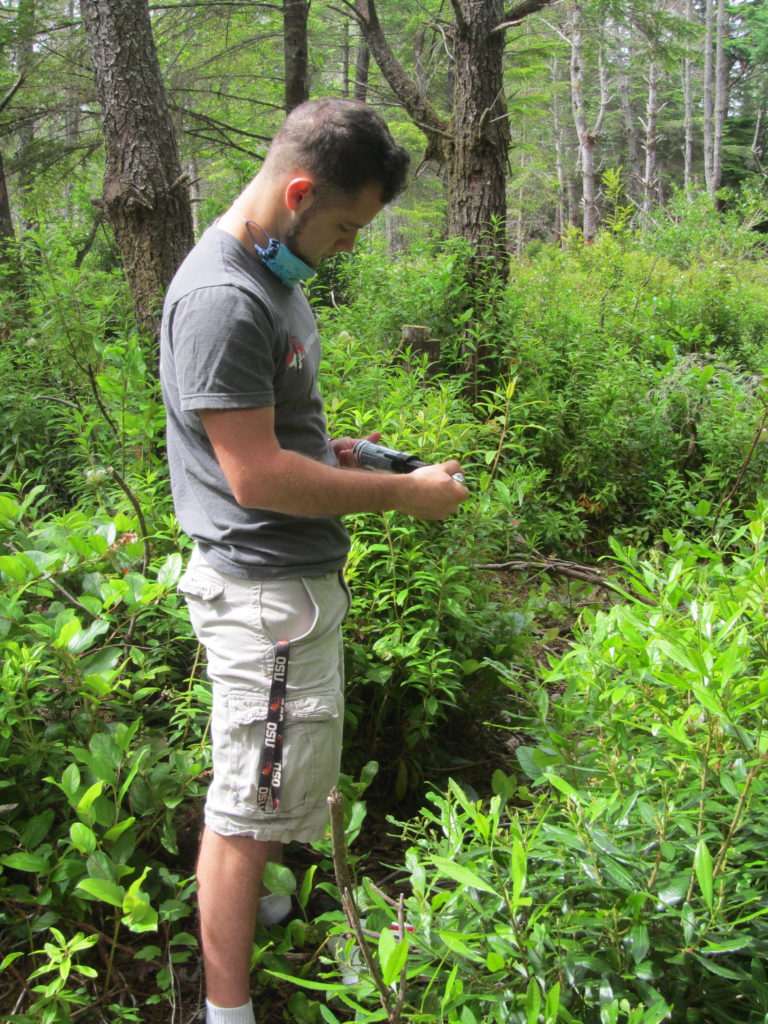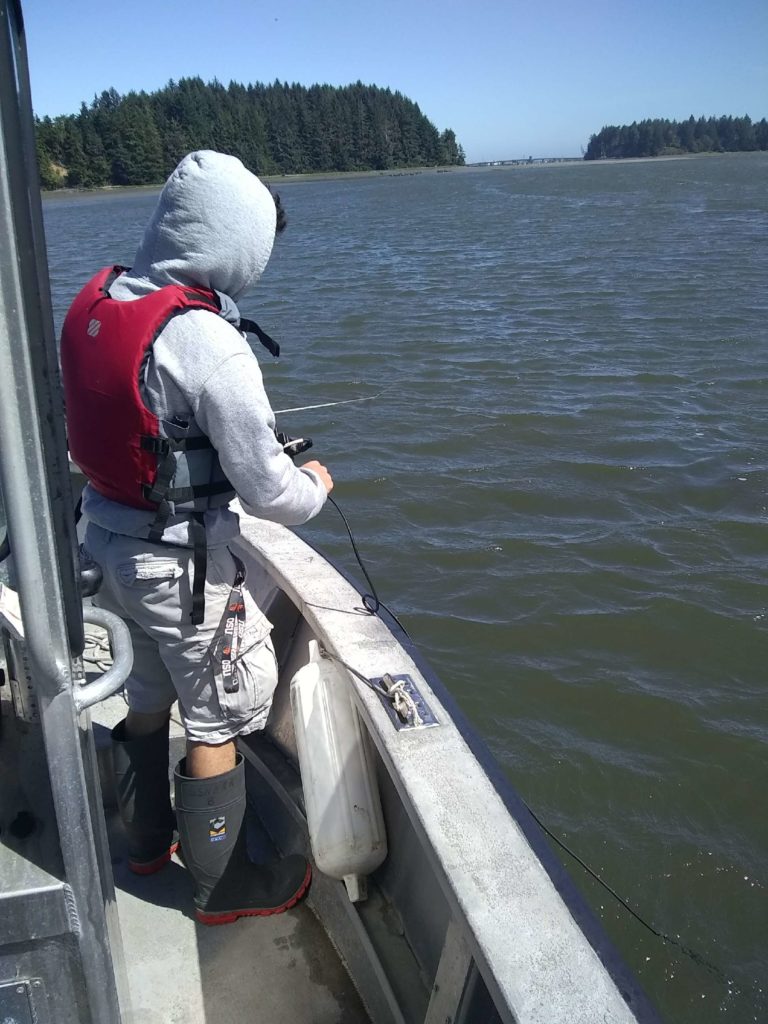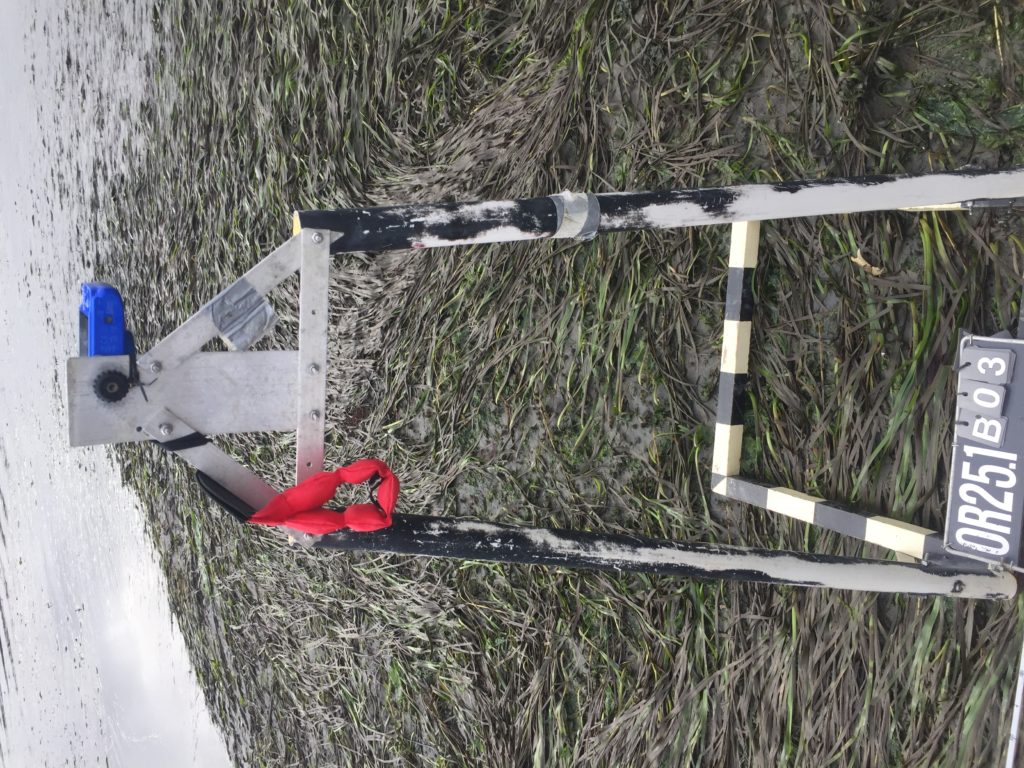Since the advent of the COVID-19 pandemic this Spring, many of our professional and personal lives have changed dramatically. If we are lucky enough to still be employed and healthy, those of us in the policy realm are likely working from home, somewhat settled in a new ‘normal,’ and wondering just how long we are going to be feeling the impacts of COVID-19.
My position as a fellow has always been remote, because working with the West Coast Ocean Alliance (WCOA) and West Coast Ocean Data Portal (WCODP) entails working with (and finding creative ways to communicate with) state, tribal, and federal government agencies along the West Coast of the U.S. In other words, I used Zoom before it was cool— so the past few months haven’t been terribly different for me (unless you count the pervasive sense of doom).
However, many of our WCOA members are busy overseeing changes to the way their agency regularly operates, responding to COVID-19 related issues in their region, and planning for impacts that will extend well into the future. While the capacity of these members to engage in regional discussions with the WCOA and WCODP has not been too diminished, there are a few distinct ways that the pandemic has affected our member entities and the work of the WCOA, and will continue to do so moving forward.
Shifting Focus
When coronavirus cases began to climb in the U.S. and West Coast states issued stay-at-home orders, many of our WCOA members had to spend time equipping their employees to telework and assessing the risks of continuing field work and shipboard programs. For example, several research cruises that were scheduled for this year and that contribute to long-term monitoring efforts on the West Coast have been suspended, and in March NOAA Fisheries issued an emergency action to waive observer coverage on fishing vessels on a case-by-case basis, which is still in place. For some of the WCOA’s tribal members, such as the Quinalt Indian Nation, decisions were made to close tribal land to all visitors until deemed safe to reopen.
All of the time and effort needed to respond to the challenges presented by COVID-19 necessarily took time away from individuals’ ability to engage in specific regional projects, and despite the fact that connecting on remote platforms was not new to us, the advent of COVID-19 led to a lot of confusion and frequently changing policies about which platforms different members were allowed to use! However, the regular meetings of the WCOA during this time have provided an excellent forum for comparing impacts and responses to coronavirus across the region, sharing updates about changes that could affect other member entities, and providing reassurance that this has been a difficult time for everyone to adapt to.
Shifting Finances
Our state and tribal partners rely on diverse sources of revenue to fund their governments, including tourism, commercial fishing, and annual fees for activities like recreation access. All of these activities and the funds they provide have been curtailed significantly this year, and many of our members are facing budget deficits, hiring freezes and furloughs in their entities. Washington State is expecting an $8.8 billion budget deficit through 2023, and Governor Jay Inslee recently announced that he would be requiring mandatory furlough days for state agencies at least through this fall. California recently had a hotly contested budget debate, and Oregon may still hold a second special session for state legislators later this summer, to deal with the economic impacts of coronavirus to the state.
The WCOA and WCODP do not rely on financial contributions from member states and tribal governments in order to operate, but instead have multiple different funding streams from federal and foundation sources. In this way, funding for the WCOA and WCODP will not be directly affected by coronavirus for the near future. However, fewer resources and staff for our members will impact the capacity they have to continue with our regional efforts, and some federal agencies and private foundations are likely to have less money to distribute and / or more applicants for opportunities in the future.
Looking Ahead to New Methods of Coordination
The WCOA and WCODP use their funding streams to pursue a variety of projects according to the needs and preferences of their members. As we face the reality that out-of-state travel and meetings may be severely limited for at least the next couple of years, we have been thinking about how we may need to prioritize some projects over others and how we might adapt some of our regular practices based on this changing landscape.
For example, the WCOA and WCODP have long been considering a spatially-enabled database tool to facilitate communication and identify key contacts as they relate to ocean and coastal projects developing on the West Coast. Now that the COVID-19 pandemic has eliminated many opportunities for in-person communication on this subject, the WCODP plans to push the development of this tool throughout the rest of 2020.
The WCOA and WCODP also strive to hold an in-person meeting for their members annually, rotating between the three West Coast states of Washington, Oregon, and California. With a 2019 meeting in Tacoma, WA under my belt, I was looking forward to planning an engaging event in Oregon this year. However, like many large meetings and conferences slated for 2020, we are now brainstorming ways to host a productive remote gathering at the end of this year.
Since beginning my fellowship last June, a sentiment that I have heard over and over again from WCOA and WCODP members is that the true value of a regional coordinating group like the West Coast Ocean Alliance is found in the personal relationships it creates. These relationships lead to information-sharing and collaboration on research and policy, and can contribute to conflict resolution when some entities don’t see eye-to-eye. Our members may not meet up in person this year as often as they have in the past, but I am certain that these relationships and their value will endure. Perhaps, moving forward, regional coordination will become even more important in order to leverage resources for positive outcomes for our coasts and oceans. As a coordinating body, the WCOA will continue to remain flexible, react to the needs of our members, and see where the next several months take us.





